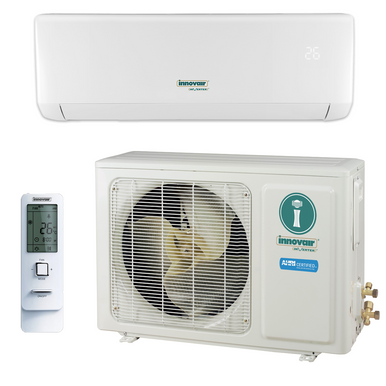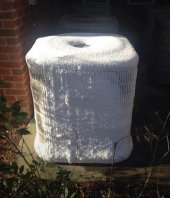This one? https://www.amazon.com/Senville-24000-SENA-24HF-Energy-Conditioner/dp/B09TBC25P6/I see the Aura has a much higher SEER and EER rating than the Leto. For a couple hundred dollars more.
I was looking at this one which has a 38 SEER rating, almost double what most of the stuff in this thread is (minus this aura series one you said)

Innovair Air Conditioner Inverter Ductless Wall Mount Mini Split Heat Pump | 9000 BTU | Elite Series| 38 SEER High Efficiency Air Conditioner
Signature Solar provides solar panels, off-grid solar systems, grid-tie, and hybrid systems. Quality solar inverters, bifacial solar panels, complete solar kits, solar batteries. Featuring brands such as EG4 Electronics with their solar battery, LifePower4 and EG4 LLifePower4 and EG4 LL
 signaturesolar.com
signaturesolar.com
I did some reading on the SEER though it is new to me (never looked at AC stuff before). As far as I see it is a linear curve so 40 seer is half the power usage of a 20 seer and able to cool the same amount. (as an example)
I think that should be well worth it then, as you can run two of the units and not have to upgrade your battery / inverter etc?




